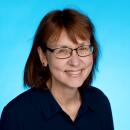The beauty and the chaos: Inside the ever-changing L.A. Library
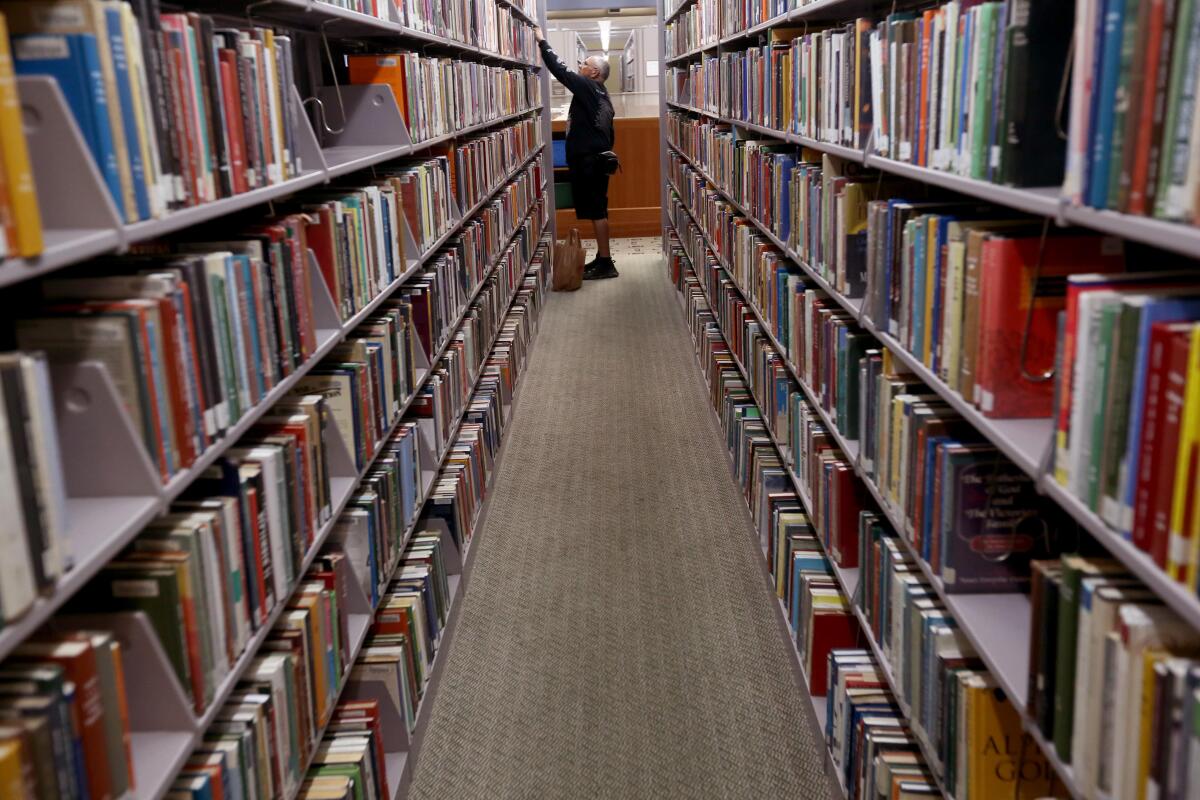
Good morning, and welcome to the L.A. Times Book Club newsletter.
This summer Times reporter and mystery author Jeffrey Fleishman explored the vast world of the Los Angeles Public Library, which serves the largest and most diverse urban population of any library system in the nation.
In this fascinating Column One report, he takes readers inside an ever-changing system with 72 branches, 8 million books, a $241.8 million budget and nearly 1,200 staffers — 435 of them trained to revive patrons who shoot up and overdose in library bathrooms.
Downtown’s Central Library is a landmark and the subject of Susan Orlean’s 2019 nonfiction bestseller, “The Library Book,” our first community book club selection. Neighborhood branches stretch from San Pedro to Sylmar.
“A few things surprised me during the reporting,” Jeff tells me. “The geography — 503 square miles — and diverse cultures the library spans are quite remarkable. But the images that stayed with me most are the array of people sharing the Central Library — addicts and mentally ill and unhoused commingled with academics, children, docents, book clubbers and others who spent hours wandering the stacks. One can see both the beauty and strain of that.”
“It’s both a sanctuary of the world’s knowledge and a canvas of the nation’s failings.”
His story explores the library’s expanding community service mission, as librarians now work alongside social workers, and a world of changing technology with e-books, artificial intelligence, trained computer “cybernauts” and 7,000 loanable Tech2go backpack bundles with laptops and hotspot connections. The library’s 3-D printing Octavia Lab, named for Pasadena science fiction writer Octavia E. Butler, made protective face shields for hospitals in the early days of the pandemic. (Butler, by the way, took the bus to the L.A. Library, one of her favorite places to write.)
“We say yes to a lot of things,” says city librarian John Szabo, who presides over the far-flung system. “It’s about how we define what the library is. I love the fact that people can see the library as part of a solution to a community issue. But how much social work is enough? How much public health programming is enough? How far do we go with adult education?”
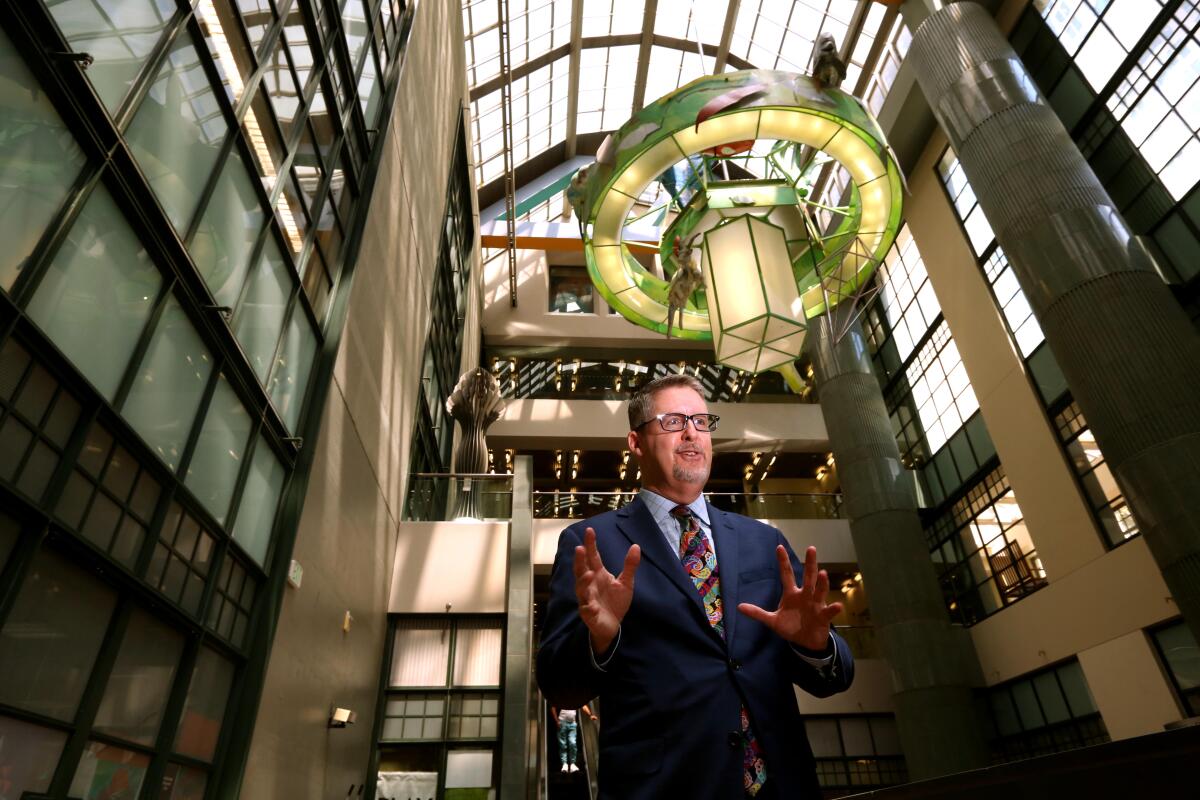
Working Remotely
With reliable WiFi and air conditioning, the library remains a sanctuary for many Angelenos. Since the pandemic, librarians report an uptick in people using neighborhood branches as co-working spaces.
“There’s no place like it,” says Joyce Cooper, director of branch services for the Los Angeles Public Library. “Where else can you walk in off the street and get help for whatever you need?”
She adds, “It’s a nice, quiet place to be if you don’t want to be home and you don’t want to buy a coffee,” she said. “Also, our Wi-Fi speeds are off the charts.”
To support patrons who want to use the library as a co-working space, the L.A. Library recently launched a project to install tabletop outlets in more branches and add more hydration stations where people can fill up their water bottles.
Looking for a place to work? Reporter Deborah Netburn shares 10 favorite libraries across Los Angeles County, including helpful tips on where to sit, park and much more.
Here’s an example: “If you’re looking for a comfortable, bright, attractive, modern co-working space, the West Hollywood Library is hard to beat. On the second floor you’ll find low lounge chairs and small wooden desks facing the floor-to-ceiling windows that look out on the brightly colored Pacific Design Center … Need to take a meeting? No problem! You can reserve one of three study rooms for an hour. And if you want to get some exercise in, the West Hollywood Aquatic Center’s swimming pool is on the roof.”
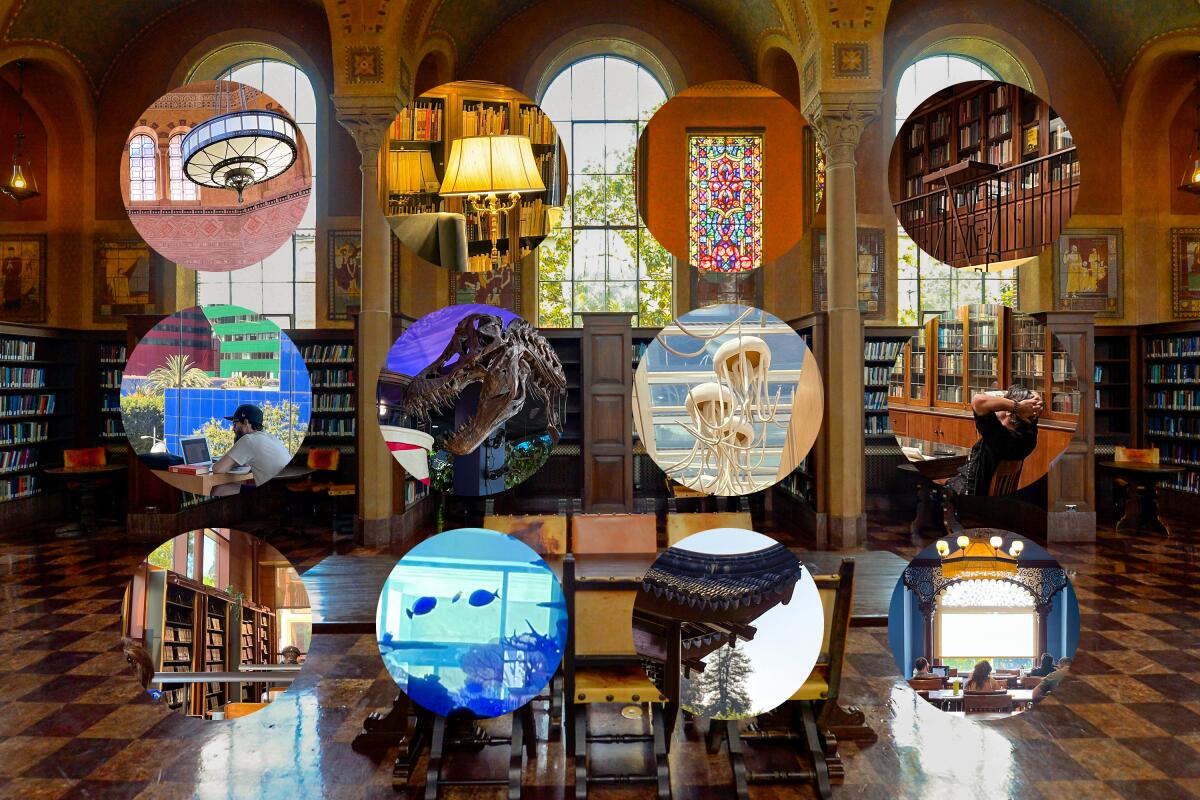
What’s next
In September, we’re reading author and historian Walter Isaacson’s much-anticipated biography, “Elon Musk,” an inside story about the controversial billionaire entrepreneur.
On Oct. 1, Isaacson joins book club readers for his only L.A. area appearance; he’ll be in conversation with Times columnist Anita Chabria at the El Segundo Performing Arts Center. It’s a Sunday afternoon book talk and Isaacson will meet with book club readers to sign books at the event. Get tickets.
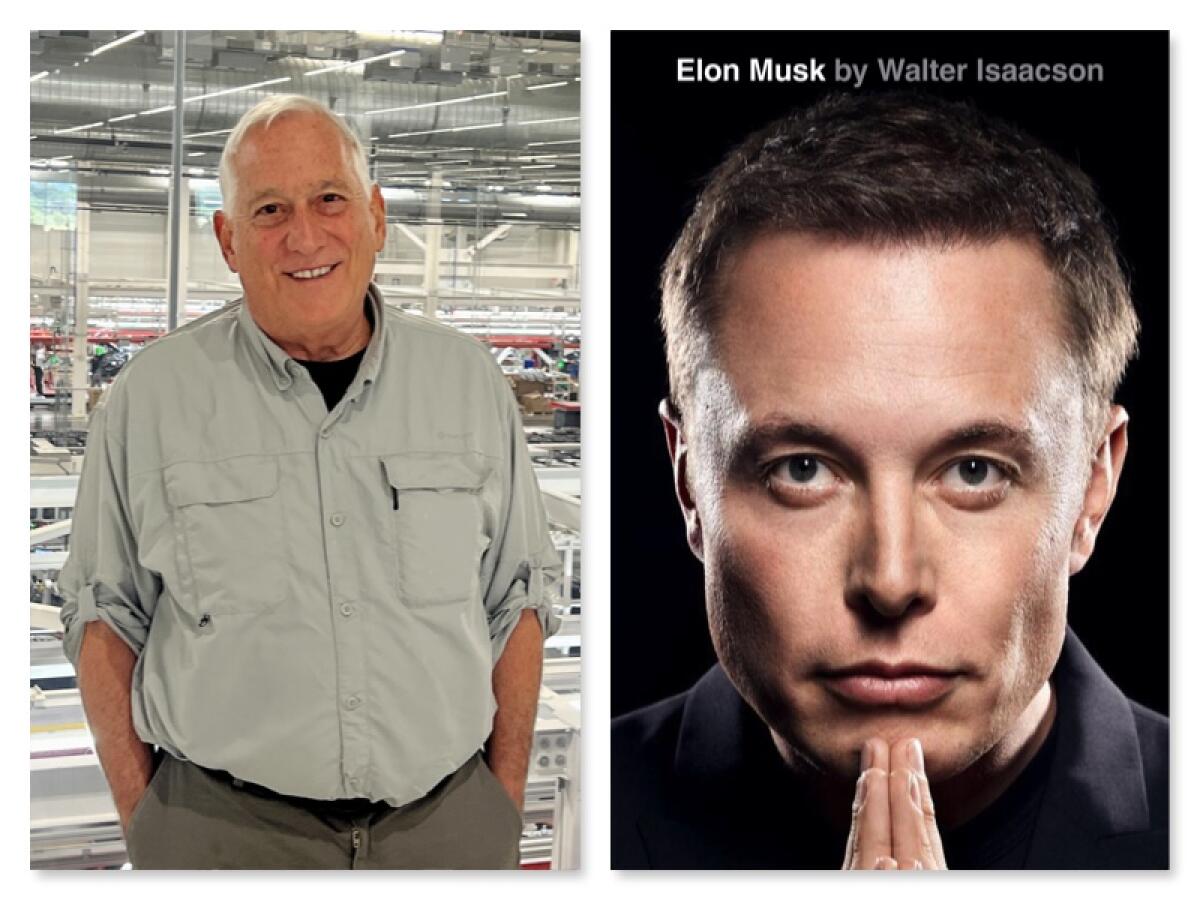
The author of the bestseller “Steve Jobs,” Isaacson spent two years interviewing the CEO of Tesla, SpaceX and Twitter (now known as X) — as well as Musk’s family, friends and adversaries — to research his latest biography.
Tell us: What would you like to ask Walter Isaacson about his work? Share your questions and comments in Eventbrite or in an email to [email protected].
Keep reading
What does it mean to belong? Los Angeles-based Salvadoran poet Yesika Salgado shares the work of poets whose storytelling asks us to look at belonging in a new way. Meet Janel Pineda, Matthew “Cuban” Hernandez and Angela Aguirre and illustrator Pepe Te Adoro here.
What did ‘Oppenheimer’ leave out of the frame? Jenn Shapland’s new collection of essays, “Thin Skin,” helps readers refocus. “Shapland’s book is the film ‘Oppenheimer’ should have been, one that reflects on the Manhattan Project’s lasting impact on the world community,” writes Jessica Ferri.
Will AI replace writers? Christopher Soto and Jackie Wang discuss how AI has already changed us and what may be on the horizon, for writers and humans at large.
Love letter: Elizabeth Acevedo’s “Family Lore” explores the bonds between the women of a Dominican family. Author Patricia Engel reviews.
5 new cookbooks: Food Bowl returns in September with Night Market 2023, a three-day gastronomic adventure celebrating Southern California’s food culture. Among the chefs and celebs sharing cookbooks are: Danny Trejo (“Trejo’s Cantina”); Bricia Lopez (“Asada”); Aarti Sequeira (“Unwind”); Nick DiGiovanni (“Knife Drop”) and Tiffani Thiessen (“Here We Go Again”). Get info and tickets.
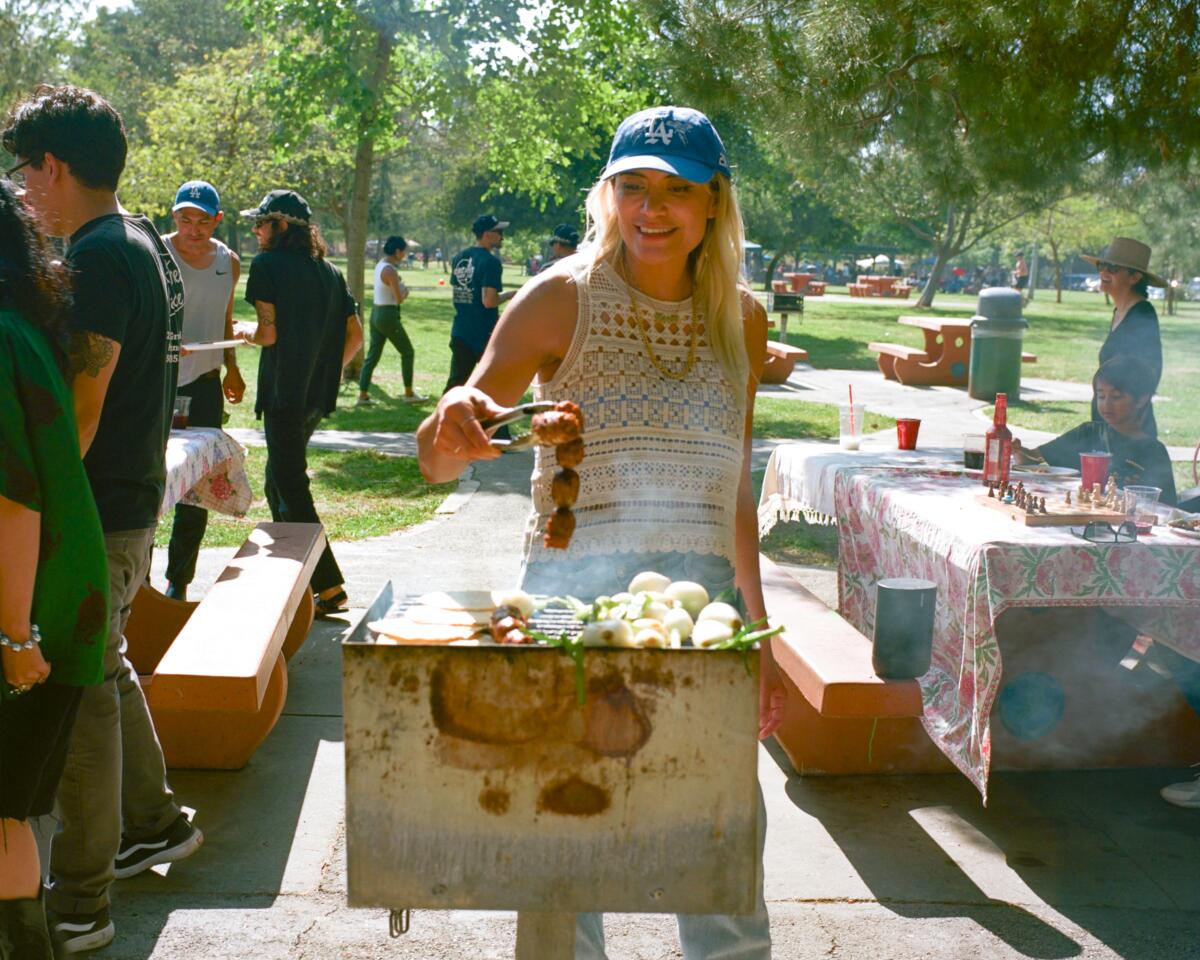
Join the conversation
What can I do about climate change right now? On Sept. 19 Times reporters Rosanna Xia (author of “California Against the Sea”) and Sammy Roth (who writes the Boiling Point newsletter) will discuss “Our Climate Change Challenge” during a live streaming conversation starting at 6 p.m. Pacific. This Ask a Reporter event is based on a Times special report investigating the state of climate change in California — and offering practical solutions. Readers are invited to share questions and suggestions before and during the event. Sign up on Eventbrite. Also: Check out Xia’s eco reading list and an excerpt from “California Against the Sea.”
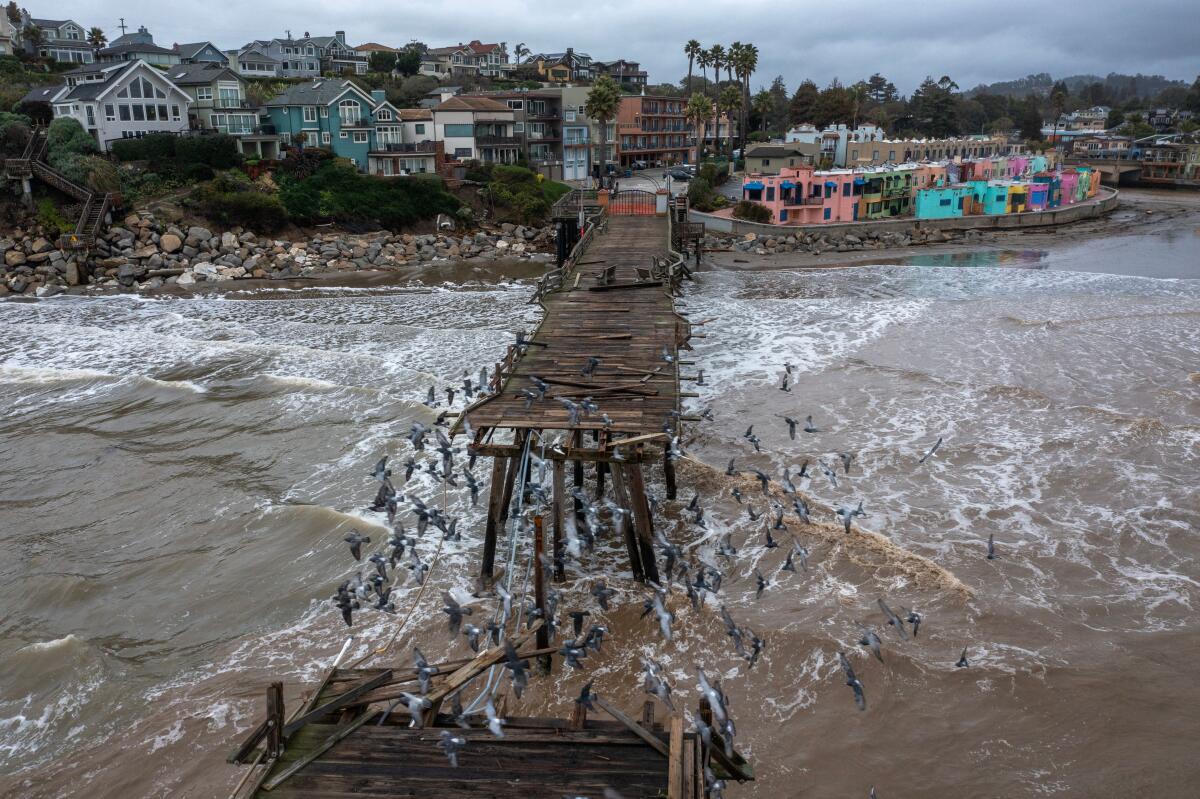
Trump, Bezos and The Washington Post: In October, we’re reading Martin Baron’s “Collision of Power.” This is an insider’s account of life at the top of the Washington Post, as Baron began work for one of the world’s richest men, dealt with a new president at war with the media, and navigated the newspaper through financial turmoil and social upheaval. On Oct. 11 Baron will be in conversation with L.A. Times Executive Editor Kevin Merida for a book club night hosted in partnership with the USC Annenberg School for Communication and Journalism. Get tickets.
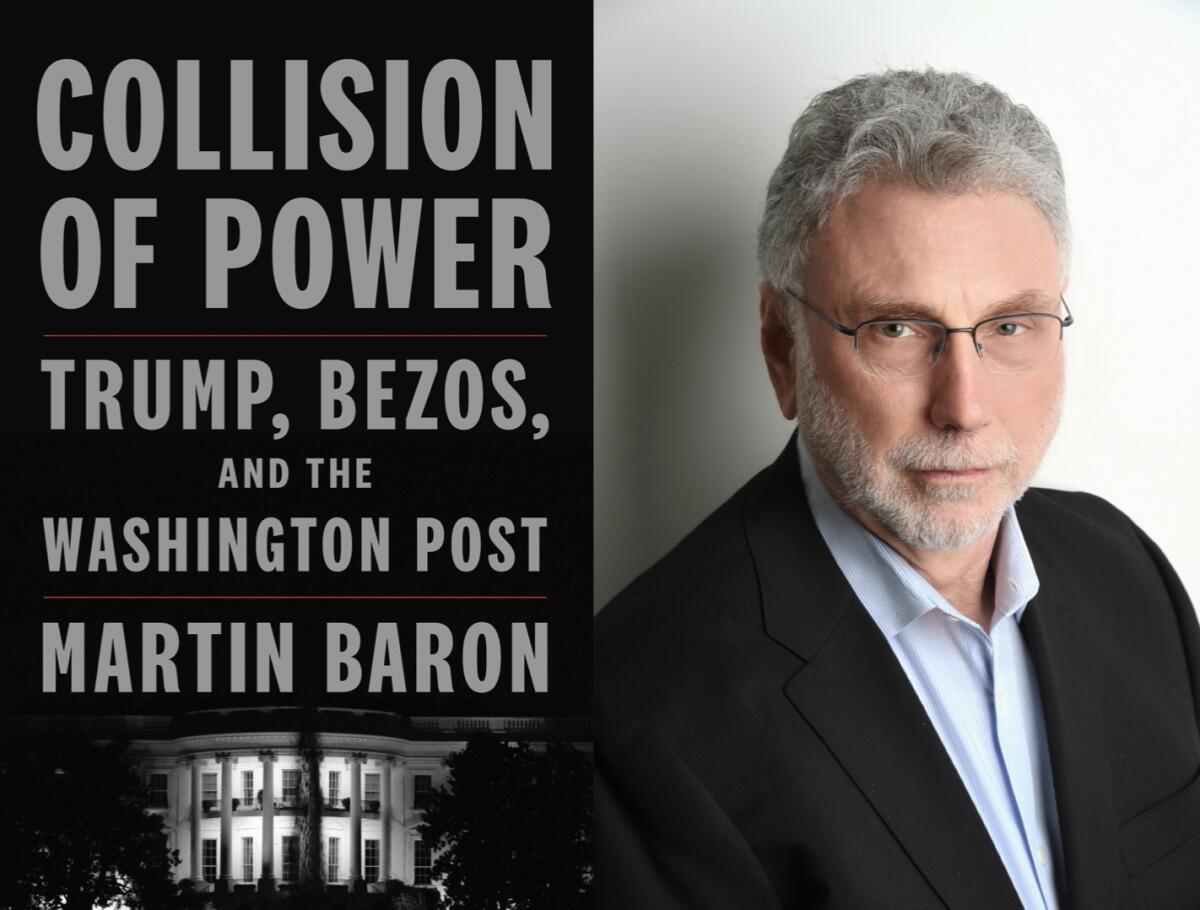
ICYMI: Christian Cooper
Christian Cooper, who gained fame as the Central Park Birder after a racially charged run-in with a dog walker, joined us Aug. 16 to discuss “Better Living Through Birding: Notes From a Black Man in the Natural World.”
Cooper talked about the takeaways from the 2020 Central Park incident, why he decided to write a book, his approach to creating an inclusive TV series and why the Audubon Society must change its name. He also shared his two favorite birding apps, eBird and Merlin.
Watch Cooper’s conversation with writer Carla Hall here.
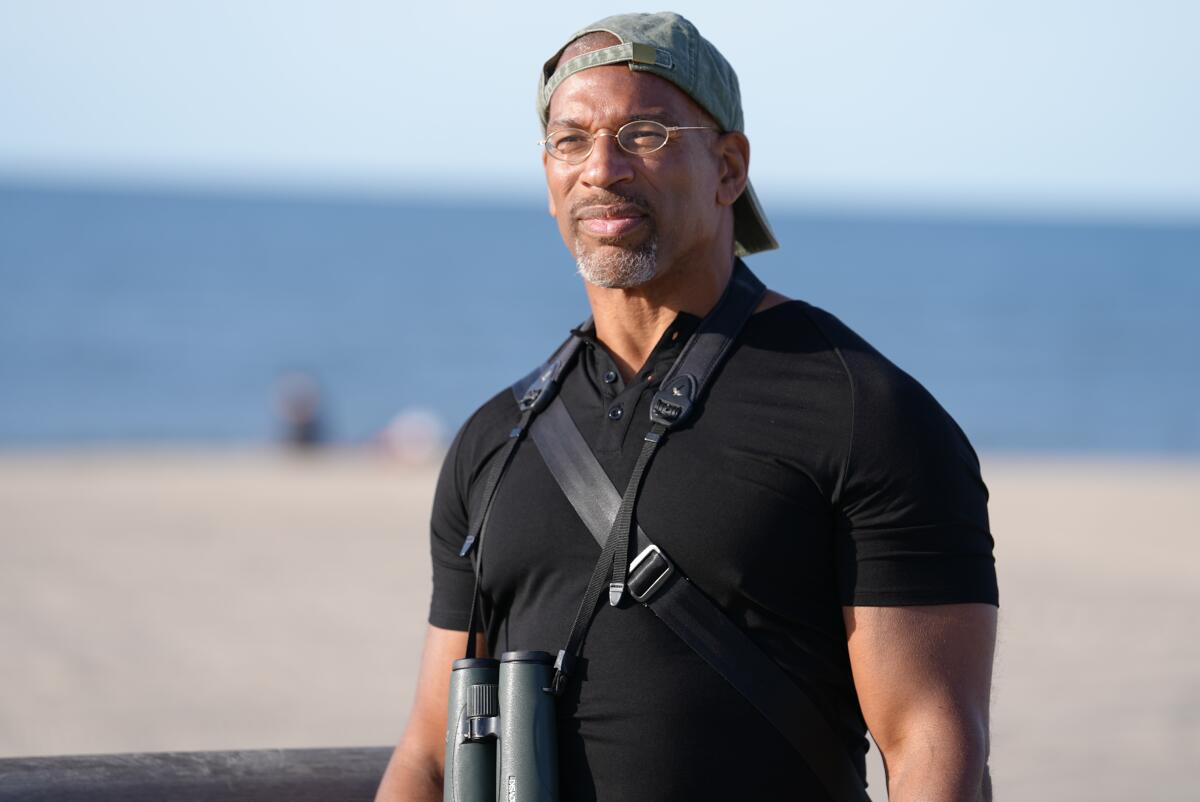
Thank you to all the readers who shared questions for Cooper and also responded to our survey after book club night. Many readers said they appreciated Cooper’s contagious passion for birds and social justice. “I learned a lot and am really grateful to be part of this,” said one book clubber. “Finished the book just before you went live; excellent on so many levels,” wrote another.
We depend on readers like you to help us produce L.A. Times Book Club events both in-person and virtual throughout the year, and offer many events (like our August book club discussion with Cooper) free. If you enjoy these conversations, please make your tax-deductible contribution to the Los Angeles Times Community Fund to become a book club benefactor. We’ll feature your name and organization at the next book club meetup and online as you help the L.A. Times Book Club continue and thrive.
Last word
“Without libraries what have we? We have no past and no future,” said “Fahrenheit 451” author Ray Bradbury, born this week in 1920. The legendary L.A. author also liked to write in the library.
Sign up for our Book Club newsletter
Get the latest news, events and more from the Los Angeles Times Book Club, and help us get L.A. reading and talking.
You may occasionally receive promotional content from the Los Angeles Times.
